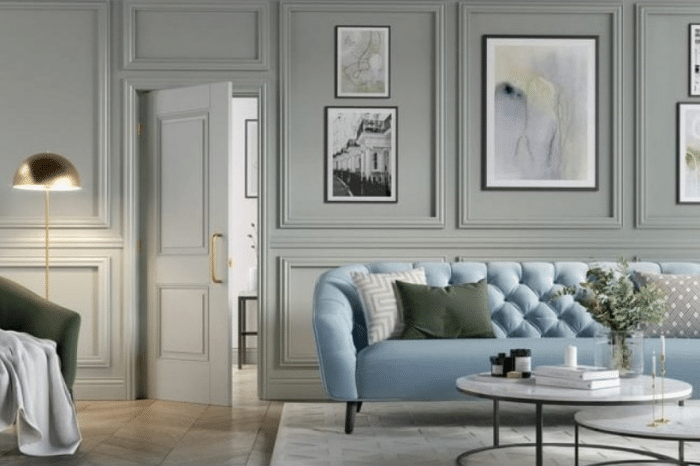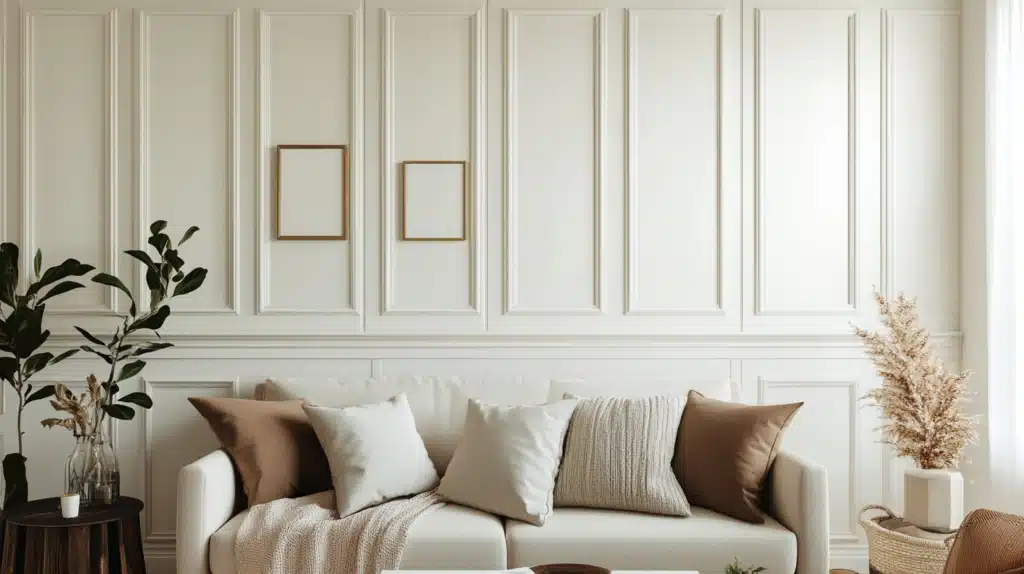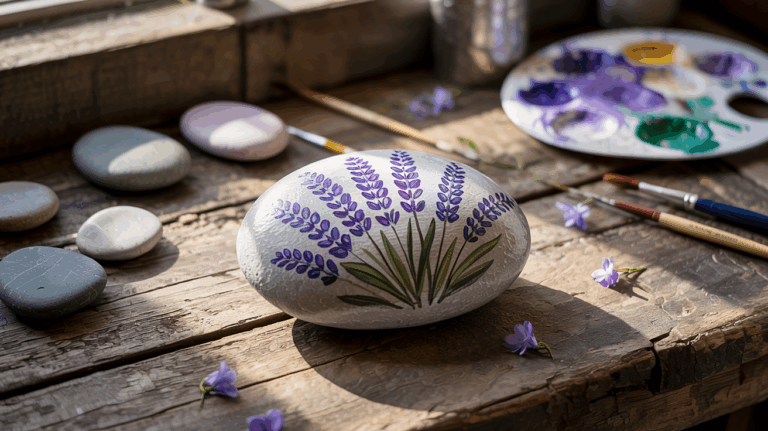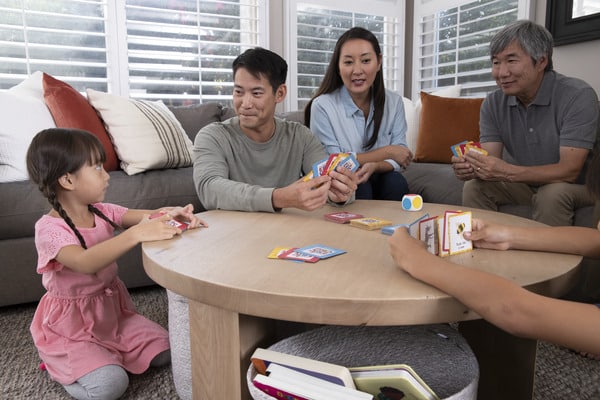Why Wall Panelling is Worth Considering
Wall panelling has made a big comeback in home design, and it’s easy to see why. Wood panelling is a fantastic way to elevate your interiors, offering both aesthetic appeal and practical benefits. Whether you’re after a classic wood-panelled aesthetic or something more modern and sleek, panelling adds depth, character, and a stylish touch to any space. Beyond looks, it’s also a practical choice—it can cover imperfections, improve insulation, and make walls more durable.
The best part? You don’t need to be a professional to do it yourself. With a bit of planning, the right tools, and some patience, you can transform a room over a weekend. Here’s how.
Choosing the Right Panelling Style

Before you start, decide which style suits your space best. Each type of panelling creates a different effect, so consider the overall look you’re aiming for:
- Shaker-style panelling – Clean, simple lines that suit both modern and traditional interiors. Ideal for living rooms and bedrooms.
- Beadboard panelling – Narrow vertical planks with small grooves (or ‘beads’), perfect for a cosy, cottage-style vibe in kitchens and bathrooms.
- Board and batten panelling – Wide panels with vertical battens that create a bold, structured look—great for hallways and statement walls.
- Slatted panelling – A modern option that adds texture and enhances acoustics, perfect for contemporary spaces.
Once you’ve chosen a style, it’s time to get started.
What You’ll Need
1. Measure and Plan
Accurate measurements are key to achieving a professional finish. Use a tape measure to get the exact dimensions of your wall. Sketch your design on paper or mark it out with masking tape to visualise how it will look. If you’re going for a grid layout, double-check the spacing before cutting any materials.
2. Gather Your Materials
MDF (medium-density fibreboard) is a popular choice for wall panelling because it’s smooth, affordable, and easy to work with. Here’s what you’ll need:
- Strong adhesive (e.g. No More Nails)
- Decorator’s caulk
- Primer and paint
- A saw (mitre saw or hand saw)
- Sandpaper
- A spirit level
- A caulking gun
- Paintbrush and roller
3. Prepare Your Wall
Start by removing nails, picture hooks, or debris from the wall. If the surface is rough, sand it lightly so the adhesive bonds properly.
Step-by-Step Guide to Installing Wall Panelling
Step 1: Cut Your Panels
Using your measurements, mark out the panels on your MDF and cut them to size. A mitre saw makes this step faster, but a hand saw works too if you take your time. Sand down any rough edges for a smooth finish.
Step 2: Attach the Panels to the Wall
Apply grab adhesive to the back of each panel and press it firmly onto the wall. Start with the vertical pieces, using a spirit level to ensure they’re straight. Once they’re in place, add the horizontal panels, making sure everything is evenly spaced.
For extra reinforcement, you can use nails or screws, but in most cases, strong adhesive will do the job. Hold each panel in place for a few seconds to ensure a firm bond.
Step 3: Fill in the Gaps
Once the adhesive has dried, fill any gaps between the panels and the wall with decorator’s caulk. Smooth it over with your finger or a caulking tool for a seamless finish.
Step 4: Prime and Paint
Now for the fun part—painting! MDF absorbs paint quickly, so apply a primer first to create an even base. Once it’s dry, use a brush for the edges and a roller for the larger areas. Two coats should give you a professional finish.
Finishing Touches and Maintenance
Once the paint has dried, step back and admire your work—you’ve just given your space a high-end feel without the hefty price tag!
To keep your panelling looking fresh, dust it regularly and wipe it down with a damp cloth when needed. If scuffs or marks appear, keep some leftover paint handy for quick touch-ups.
Final Thoughts
Wall panelling is an easy yet transformative DIY project that can elevate your home without breaking the bank. Whether you’re after a cosy, traditional look or a sleek, modern feature wall, it’s well worth the effort.
If you’re feeling unsure, watch a few video tutorials to get a better grasp of the process. And don’t be surprised if, after finishing one wall, you start eyeing up the rest of your home for a makeover!
















